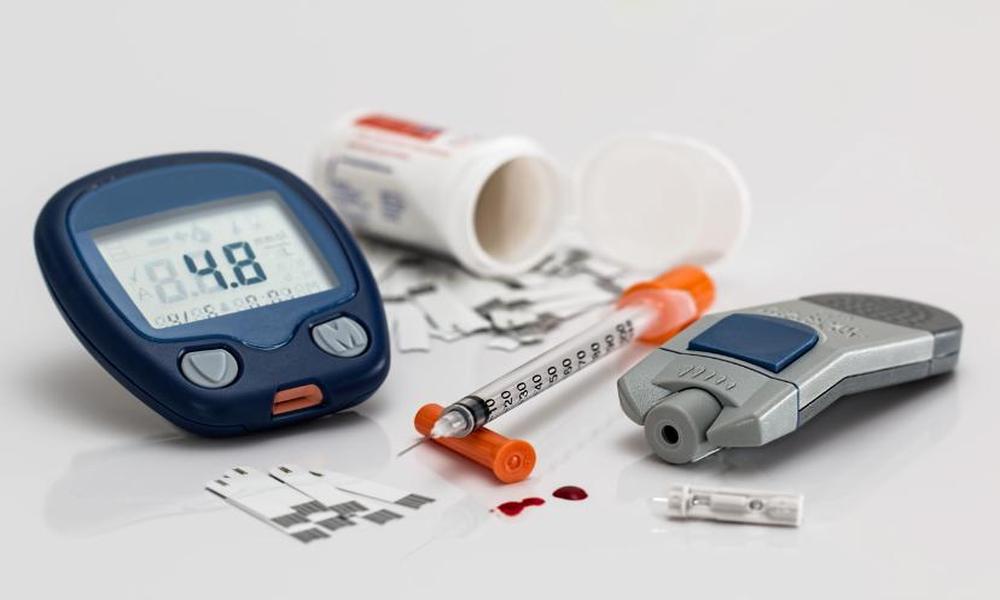
Medical appliances have revolutionized the healthcare industry, facilitating efficient diagnosis, treatment, and management of illnesses and conditions. Australia is not left behind in the adoption of medical devices, with manufacturers making significant advancements in healthcare technology.
This blog post will delve into the top ten benefits of medical devices in Australia and how they can benefit you and your healthcare needs.
Benefits of Medical Devices in Australia
1. Increased Efficiency:
Medical instruments enhance healthcare delivery by streamlining processes. They simplify the diagnosis and treatment of various medical conditions resulting in quicker recovery times for patients. The use of medical instruments also makes it possible to perform complex procedures, which would have been impossible or required extensive surgery.
2. Increased Accuracy:
When it comes to medical devices in Australia, accuracy is key. These devices are designed to provide not just accurate, but precise results in the diagnosis, treatment, and management of patients. This improved accuracy has a significant impact on decision-making, enabling healthcare professionals to create more effective treatment plans. With medical devices like these, the accuracy and precision of the results are essential for the right decisions to be made.
3. Reduced Costs:
Medical appliances in Australia provide the possibility of reducing the overall cost of healthcare because they improve the efficiency of healthcare delivery. With many devices designed to enhance the diagnosis and treatment of illnesses, healthcare providers, and patients alike can cut down on costs associated with surgery and hospital stays.
4. Increased Patient Satisfaction:
With advancements in technology, patients receive tailored treatment plans and cutting-edge care, enhancing their overall experience. Medical devices ensure that patients receive quality healthcare, which is paramount in maintaining a good relationship between patients and healthcare providers. This not only leads to improved patient satisfaction but also fosters trust between patients and healthcare providers. With the use of medical devices, patients have access to the latest treatment options, increasing the overall quality of care.
5. Improved Convenience:
Medical machines provide convenience in healthcare. For instance, patients with chronic illnesses can receive personalized home care using specialized devices, reducing the need for frequent visits to hospitals. Additionally, telemedicine is made possible with medical instruments in Australia, reducing the need for travel to healthcare facilities.
6. Disease Management:
Medical devices in Australia have contributed immensely to disease management for various conditions. Examples include insulin pumps and continuous glucose monitoring systems, which make it simpler to manage diabetes, and pacemakers and defibrillators, which improve the management of cardiac conditions.
7. Better Surveillance:
Medical instruments enhance disease surveillance in Australia by providing efficient ways to identify outbreaks of illnesses. An excellent example is Australia’s current response to COVID-19, which has been made possible through the use of advanced diagnostic tools.
8. Increased Reliability:
Medical appliances are designed for long-term use and are more reliable than traditional methods of healthcare delivery. With regular maintenance and calibration, devices such as MRI scanners and other diagnostic tools can last for many years, providing consistent and reliable healthcare services.
9. Decreased Risk of Infections:
Medical devices allow for the non-invasive treatment of certain conditions, which reduces the risk of infections associated with surgical procedures. This preventive measure also enhances patient safety and drastically reduces the chance of complications associated with surgical procedures.
10. Advanced Research:
Medical machines in Australia are instrumental in advancing medical research. Manufacturers can now collect data from devices and analyze it to identify new ways to improve patient care and outcomes. This process enables healthcare professionals to learn about illnesses and conditions better, leading to better treatments and optimized patient outcomes.
Conclusion:
Medical devices in Australia continue to advance and provide numerous benefits to healthcare services, including increased efficiency, disease management, and the prevention of infections. These devices facilitate patient-centred care and provide healthcare providers with the tools they need to make informed decisions. As healthcare service providers embrace these advancements, they will continue to enhance the overall quality and affordability of healthcare in the country, resulting in better patient outcomes and overall population health.

